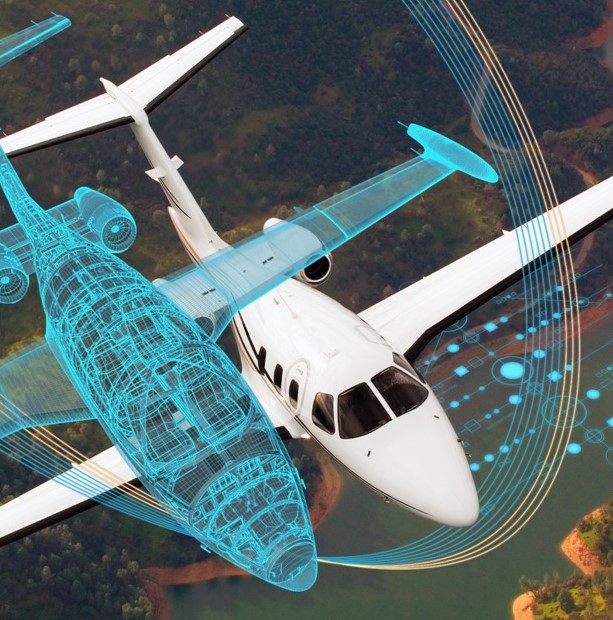MBSE for Supersonic Aircraft Design

Supersonic aircraft have had a rocky journey, after the Concorde was grounded in 2003, few craft in the commercial space were taking to the skies. With the low number of flights the design had under it’s belt, it was very difficult to argue the result of the aviation accidents to regulators. But from Concorde’s demise, multiple companies jumped at the opportunity to replace them, including Aerion Supersonic. But as Concorde’s story had demonstrated, something beyond traditional aircraft development was needed – model-based systems engineering combined with a comprehensive digital twin.
For an in-depth discussion of how MBSE and the digital twin accelerate aircraft design, be sure to check out the webinar on the topic with Dale Tutt – VP of Aerospace and Defense at Siemens Software – and Bissell Smith – CIO and Executive VP of Enterprise Systems. But for a more cursory examination of the topic we will cover the highlights here.
Even traditional aircraft designs, if there is such a thing, are developed in a complex environment with multiple suppliers around the globe; supersonic craft add an extra level of complexity to that equation with less flight time to lean on for design validation and more taxing environmental conditions. That would usually mean delays and project rescheduling, but with completely integrated development with MBSE, this can be accounted for in the project timeline from initial concept to continued maintenance.

In addition to reliance on an interconnected development process with the digital twin, Aerion is employing simulation at nearly every stage of the process. This happens in many forms, from verifying the viability of individual parts to flying the aircraft in a completely virtual environment. The simulation activities even extend to how humans will interact with the system. As the current aircraft is still in early development stages, this has been limited to ergonomic testing in the cockpit. But in the future, Aerion plans to extend this into production to plan the manufacturing floor and practices for the new aircraft.
Regardless of what is being simulated or designed within the aircraft, all of it needs to eventually link back to the digital twin. Because supersonic craft are re-emerging in a new market, regulators need to know how the craft was designed to be able to qualify it for flight. And in the event of an accident, they need to know where the problem came from – software, a hardware supplier or human error. This traceability also provides Aerion the ability to improve the design more readily. As the number of flight hours increases the pool of flight data will increase further optimizing the simulation set for more up-front validation work.
The story of Aerion Supersonic is a fascinating one and to try telling it in only a few paragraphs would not do it justice. If you are still interested in Aerion or the MBSE pratices they are implementing with the help of Siemens Software, you can read up on their user story or listen to the podcast – What it Takes to Build a Supersonic Aircraft.
Siemens Digital Industries Software is driving transformation to enable a digital enterprise where engineering, manufacturing and electronics design meet tomorrow.
Xcelerator, the comprehensive and integrated portfolio of software and services from Siemens Digital Industries Software, helps companies of all sizes create and leverage a comprehensive digital twin that provides organizations with new insights, opportunities and levels of automation to drive innovation.
For more information on Siemens Digital Industries Software products and services, visit siemens.com/software or follow us on LinkedIn, Twitter, Facebook and Instagram.
Siemens Digital Industries Software – Where today meets tomorrow


